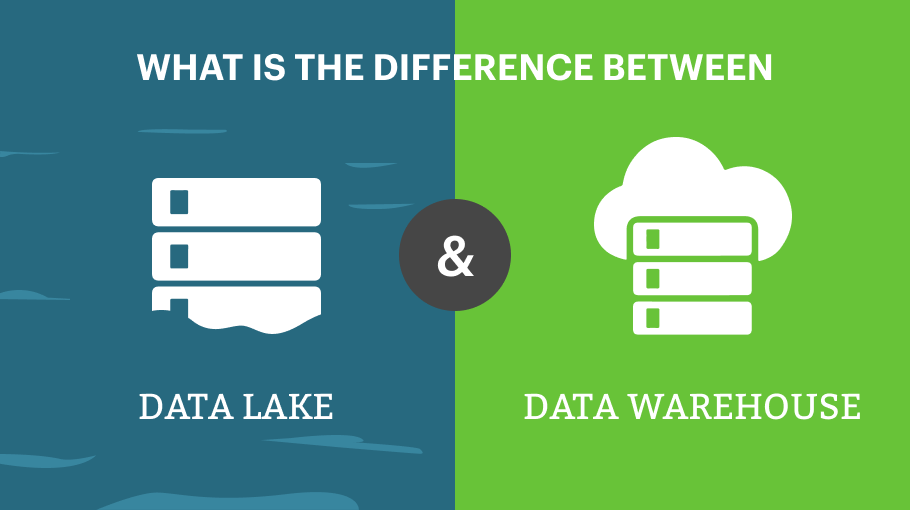As our world continues down a relentless path of everything-digital, everyone – from individual professionals to large, multinational organizations – must cope with learning new ways to stay one step ahead. One of the hottest trends in the market is Big Data and Advanced Analytics, which promises seamless insights and instant decision-making.
But what exactly are Big Data and Advanced Analytics and how does it differ from primitive, less advanced analytics? Moreover, who actually does advances analytics successfully?
Well, the Nobel laureate Dan Ariely once tweeted that Big Data is like teenage sex: “Everyone talks about it, nobody really knows how to do it, everyone thinks everyone else is doing it, so everyone claims they are doing it.”
Humorous though it may be, joking about Advanced Analytics ultimately does not help us move forward. Rather, it’s important to understand the foundations of analytics and how advanced analytics further promotes those foundations.
Analytics Turns Data into Insights
First, analytics as a discipline is the art and science of turning data into insights. Data analytics professionals use computational methods to discover, interpret, and communicate meaningful patterns in data, with the goal of generating insights and making actionable recommendations.
For example, Springboard’s Data Analytics bootcamp, where I mentor students, has a rigorous 6-month, 400+ hour program, which includes:
- Technical: Excel, PowerPoint, Tableau, PowerBI, SQL, and Python
- Soft skills: Hypothesis-driven research, issue trees, storytelling, and data presentation, making recommendations
Now, proper analytics is both an art and science, in which a combination of technical and soft skills produces an output greater than the sum of the parts. Moreover, analytics by itself is simply a hammer looking for a nail. To create value, analytics needs to address real business problems.
The goal of data analytics is to inform and drive business strategy, by making sense of data. For example, if a firm can collect, analyze, and act on data better than other firms, then that could lead to a sustainable competitive advantage.
Advanced Analytics Deals with an Increase in Scope, Scale, and Speed
Meanwhile, Advanced analytics develops systematic approaches to address problems at a scale, scope, and speed that may defy human comprehension.
For example, how can we apply the soft skills of storytelling and presentation to petabytes of data or deliver hypothesis-driven recommendations when our timeframe is measured in milliseconds? Those three themes – scale, scope, and speed – are key for advanced analytics.
Scale
When we can fit our data into an Excel spreadsheet, then we don’t need data engineering. But when our data grows too large to manage, then we need advanced analytics approaches to cope with scale.
Data architecture and engineering are important components of advanced analytics on Big Data. The modern analytics stack has five components:
- Data sources
- Pipelines
- Warehousing
- Analytics & visualization
- Business monitoring & anomaly detection
Cloud-based data warehouses like Snowflake offer convenient tools to store and analyze massive datasets. Customer data platforms are fit-for-purpose tools that drive customer experiences by enforcing governance on customer data.
Scope
When our data is manageable in size, the limits of our analysis are manageable as well. However, as our datasets grow in size, we can also push the limits of what is possible.
Deep learning techniques allow us to turn massive datasets into surprising real-world results, from image recognition and natural language generation, to drug discovery and autonomous driving.
Data and processing power continues to grow at an exponential rate. Thus, the range of applications in which advanced analytics can outpace human performance continues to expand.
Speed
In advanced analytics, it still takes significant time, skill and effort to train a machine. However, that machine, once properly trained, can operate on the order of milliseconds, producing results in the same speed at which neural signals travel throughout our body.
Real-time interaction management offers data-driven next-best actions to marketing and customer service professionals in the middle of a customer interaction. Personalization engines offer targeted messages based on micro-segmentation of customer profiles. They can generate tailored advertising content in the time it takes to load a webpage.
How Do You Stay One Step Ahead?
In the end, it is impractical for one person to be an expert on every single aspect of the world of Advanced Analytics. The old adage that a technology becomes obsolete as soon as you master it has some truth.
However, inaction is equally an impractical course of action, and the art of doing nothing cannot form the basis of a business strategy.
Florian Zettelmeyer, who teaches marketing at Northwestern’s Kellogg School of Management, has argued that analytics is ultimately a leadership problem. Every leader needs to understand where analytics can add value and how to distinguish good analytics from bad.
To stay ahead in the world of advanced analytics, I advise my consulting clients that it is important to have a skilled generalist, who can stay abreast of advances in analytics capabilities and act as a digital project manager, coordinating and integrating analytics specialists who are experts in one particular domain.






escort bayan
March 1, 2021Hey there. I found your blog by way of Google while searching for a comparable topic, your website came up. It appears great. I have bookmarked it in my google bookmarks to visit then. Bernelle Jaimie Gee